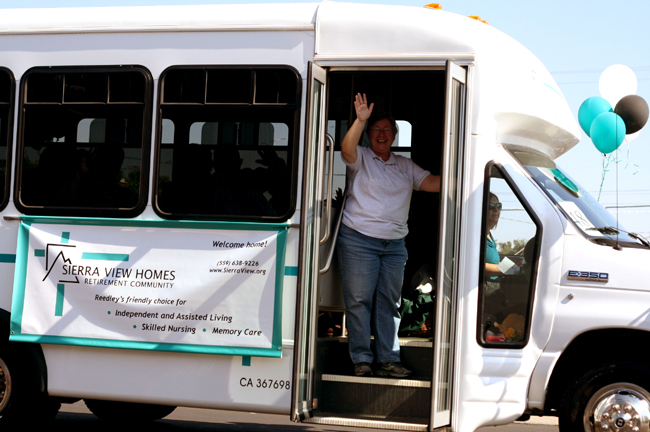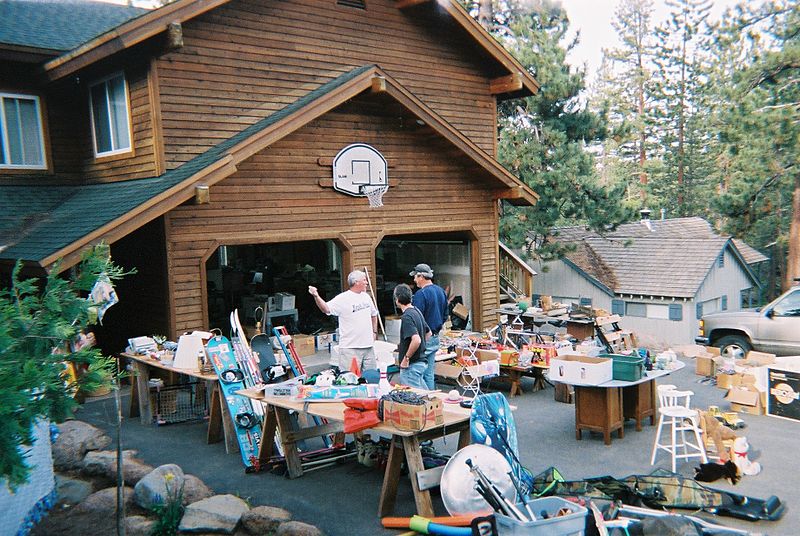Walk Safely: Canes and Walkers
Our ability to live independently becomes jeopardized when we have trouble walking. Sometimes using a cane or a walker can make a huge difference. Walking aids allow many older adults to keep active and independent. They can reduce pain while walking or compensate for balance problems. The problem with using a cane or a walker is if they are used improperly they can cause a fall, and that’s the very thing we were trying to avoid in the first place!
A six-year government study shows that falls with walkers/canes are an under recognized health problem. It was remarkable how many older adult falls were attributed to walking aids. In 2006 more than 47,000 seniors went to an emergency room due to a fall that involved a walker or a cane. The government study showed people were seven times more likely to be injured by a fall if they were using a walker than those using a cane. People who are using a walker could be more fragile thus needing a walker instead of a cane. Also, the fall risk increases with age. The highest rate of falls was in the 85 and older age group.
When someone has a walking or balance problem the doctor will often recommend a walking aid. There should be a Physical Therapy order as well. The person needs the training of how to use the walking aid properly. The therapist’s job is to make sure the walking aid is the correct one for the problem and the right size. A number of people will borrow a cane or a walker from a relative or a friend and not have it fitted to them or be trained on how to use the aid properly. Many accidents happen when the cane or the walker is not the right height or type, or they have not been shown the proper way to use it.
In the search for the walking aid it is important to have a conversation with your doctor or physical therapist as to what type of aid is best for you. Canes are used to help with balance, or to help stabilize your walking gait if one side is weaker than the other. There are different types of canes. Canes can have a single tip on the bottom or they can have four prongs. The four prongs offer more stability if you need to put a lot of weight on the cane. Then the height of the cane is important. If the cane is too high or too low it will not allow you to balance properly thus putting you at risk for falls. Walkers provide more stability than canes. They let you shift more weight to your arms. There are pick up walkers, walkers with front wheels and walkers with four wheels. The type of walker to choose depends on how much need there is to put weight on your arms as you walk. The pick up walker is placed in front of you and you walk into it. Then you pick it up and place it further out in front and walk into it again. The two-wheel walker allows the walker to slide forward. The person using it does not need to pick it up. At Sierra View Homes Retirement Community we find the two-wheel walker the safest for our residents to use. The four-wheel walker is the least stable. The four-wheel walker rolls along, although most have brakes, the person using it needs to understand how to use the brakes and how to control the movement of the wheels. Using a four-wheel walker is like pushing a grocery cart: it gives you something to hold on to but does not offer much support.
The selection of walking aids can be daunting. There are so many styles and models to choose from. It is important to choose a cane or walker that suits you in terms of support, design, fit and feel. If you go to a medical supply store ask the clerk to show you how the aid can be adjusted for height. Then have a physical therapist check it out for size and instruct you how to use it safely.
Aging brings along with it the fear of loosing one’s independence. Using a walking aid can help maintain that independence. It is important to choose the right aid and follow safety instructions from your doctor and/ or a physical therapist to keep that independence for as long as possible.




